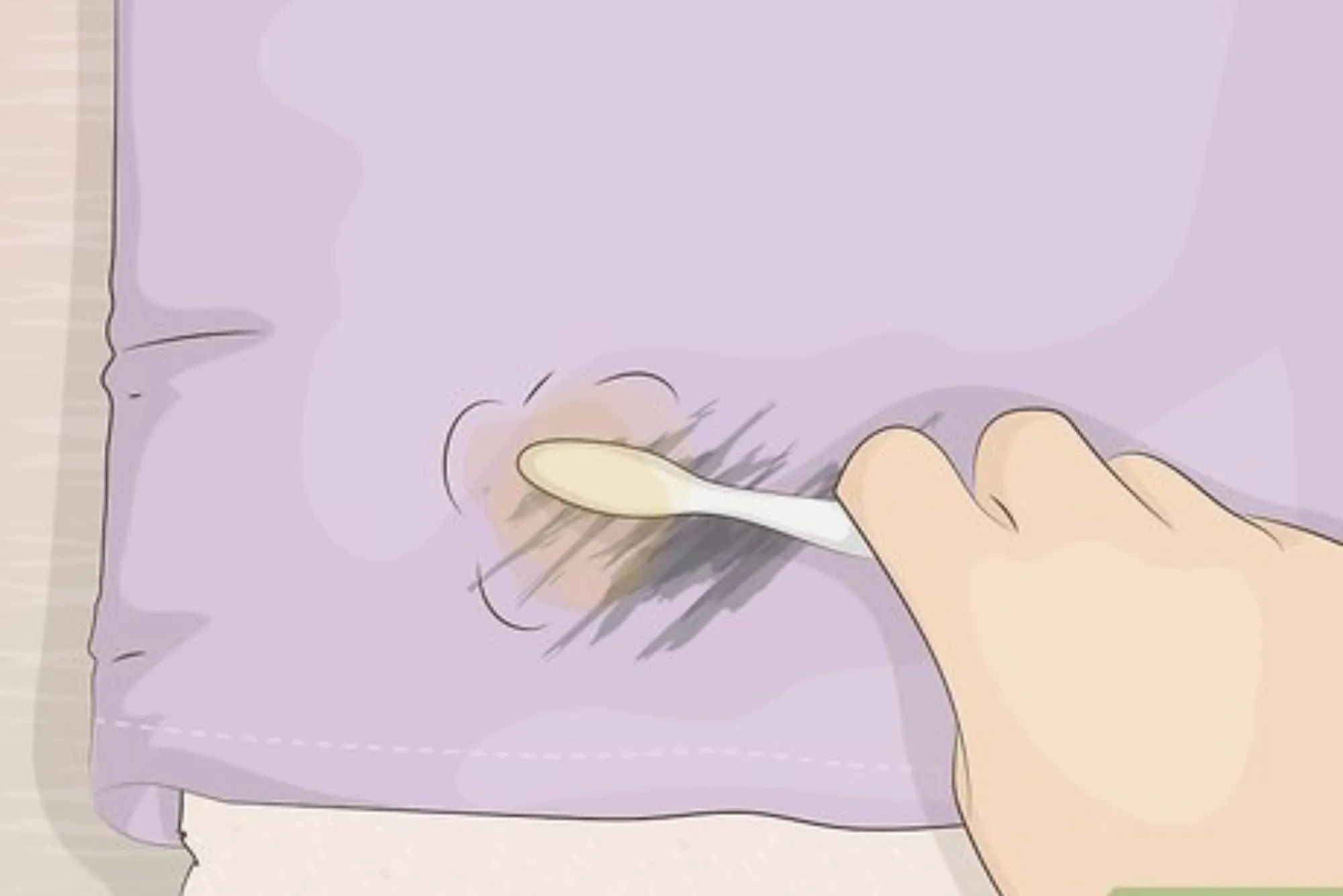Accidentally getting dry wipe marker stains on clothes can be a common occurrence, whether it’s from an overzealous whiteboard session or a mishap during arts and crafts. However, fear not! With the right techniques, you can effectively remove these stubborn stains and restore your garments to their former glory.
Identifying the Stain
Dry-wipe marker stains pose a unique challenge, often consisting of ink that has dried onto fabric fibers. Before diving into the removal process, it’s essential to accurately identify the type of stain you’re dealing with. By recognizing the characteristics of dry wipe marker stains, you can employ targeted methods for effective removal.
Dry-wipe marker stains can vary in appearance and composition, making accurate identification crucial for effective removal. Here are some characteristics to look for when identifying dry wipe marker stains:
Color and Texture:
Dry-wipe marker stains typically appear as dark, often black or blue, marks on fabric. Unlike wet ink stains, dry wipe marker stains may have a slightly raised texture due to the ink drying onto the fibers.
Location and Circumstances:
Consider where and how the stain occurred. Dry-wipe marker stains commonly occur during activities involving markers or whiteboards, such as presentations, classroom activities, or arts and crafts projects.
Smudging and Residue:
Dry-wipe marker stains may leave behind smudges or residue on the fabric, especially if the stain has been partially rubbed or attempted to be wiped off before treatment.
Odor:
While not always present, some dry wipe markers may emit a faint chemical odor. If the stain area has a distinct smell associated with markers, it can help confirm the presence of a dry wipe marker stain.
By carefully examining these characteristics, you can confidently confirm whether the stain on your clothes is indeed a dry wipe marker stain. This identification step is crucial as it informs the selection of appropriate stain removal methods, ensuring the best chance of success in restoring your garment to its pristine condition.
Pre-Treatment Steps
Acting promptly is crucial when dealing with any stain, including dry wipe marker stains. Begin by blotting the stain with a clean cloth or paper towel to absorb as much of the ink as possible. Avoid rubbing, as this can spread the stain further. Additionally, it’s wise to test any cleaning solution on a small, inconspicuous area of the garment to ensure compatibility and avoid potential damage.
Several methods have proven effective in removing dry wipe marker stains from clothes: abbing the stained area with rubbing alcohol can help break down the ink. Apply the alcohol to a cotton ball or cloth and gently blot the stain until it begins to lift. Create a solution of equal parts vinegar and water, then dab it onto the stain. Allow the solution to sit for a few minutes before blotting with a clean cloth. Many commercial stain removers are specifically formulated to tackle ink stains. Follow the instructions on the product label for best results.
Act Quickly:
Time is of the essence when it comes to stain removal. As soon as you notice a dry wipe marker stain on your clothes, take action. The longer the stain sits, the more it can penetrate the fabric fibers, making it more challenging to remove.
Blotting:
Rather than rubbing the stain, which can spread it further and potentially damage the fabric, start by blotting the stain with a clean cloth or paper towel. Apply gentle pressure to absorb as much of the ink as possible. Repeat this process with fresh sections of the cloth until no more ink transfers.
Test in an Inconspicuous Area:
Before applying any cleaning solution to the stained area, it’s essential to perform a patch test in an inconspicuous area of the garment. This step helps ensure that the cleaning solution won’t cause any adverse effects, such as color fading or fabric damage. Choose an area inside a seam or hemline, and apply a small amount of the solution. Wait a few minutes, then check for any adverse reactions before proceeding.
Removing dry wipe marker stains from clothes may seem daunting, but with the right approach and a bit of patience, it’s entirely achievable. By following the tips and techniques outlined above, you can effectively tackle these pesky stains and keep your wardrobe looking its best. Remember to act quickly, test cleaning solutions, and be persistent in your efforts. With these strategies in hand, you’ll be equipped to handle dry wipe marker stains with confidence. How to Get Dry Wipe Marker Out of Clothes
Choosing the Right Cleaning Solution:
Depending on the fabric type and severity of the stain, different cleaning solutions may be more effective. Common options include rubbing alcohol, vinegar solutions, or commercial stain removers. Consider factors such as fabric sensitivity and the stain’s stubbornness when selecting the appropriate solution.
Applying the Cleaning Solution:
Once you’ve selected a cleaning solution and performed the patch test, it’s time to treat the stain. Apply the chosen solution to a clean cloth or cotton ball, then dab it onto the stained area. Avoid saturating the fabric, as excessive moisture can spread the stain or damage delicate fabrics.
Patience and Persistence:
Stain removal can be a gradual process, especially for stubborn stains like dry wipe marker ink. Be patient and persistent, repeating the pre-treatment steps as necessary until the stain begins to lift. Avoid the temptation to rush the process, as hasty actions can inadvertently make the stain more difficult to remove.
Precautions
Before attempting any stain removal method, check the fabric care label on your garment for specific instructions and restrictions. Avoid applying heat to the stained area until the ink has been completely removed, as heat can set the stain and make it more difficult to remove. Remember that patience is key; removing dry wipe marker stains may require multiple treatments for complete removal.



